21 February 2025
Running a marathon is already a significant challenge, but running one in hot weather? Now that takes things to a whole new level. If you've ever felt like you're melting mid-race, you're not alone. Heat can sap your energy, slow your pace, and even put your health at risk if you're not careful. But don’t sweat it (pun intended)! With the right strategies, you can still crush your marathon goals—even when the temperatures are soaring.
In this article, we’ll dive into tips, tricks, and strategies to help you run your best marathon in hot weather. Whether you're a seasoned marathoner or gearing up for your first long-distance race, these insights will prepare you to tackle the heat head-on—and come out the other side victorious.
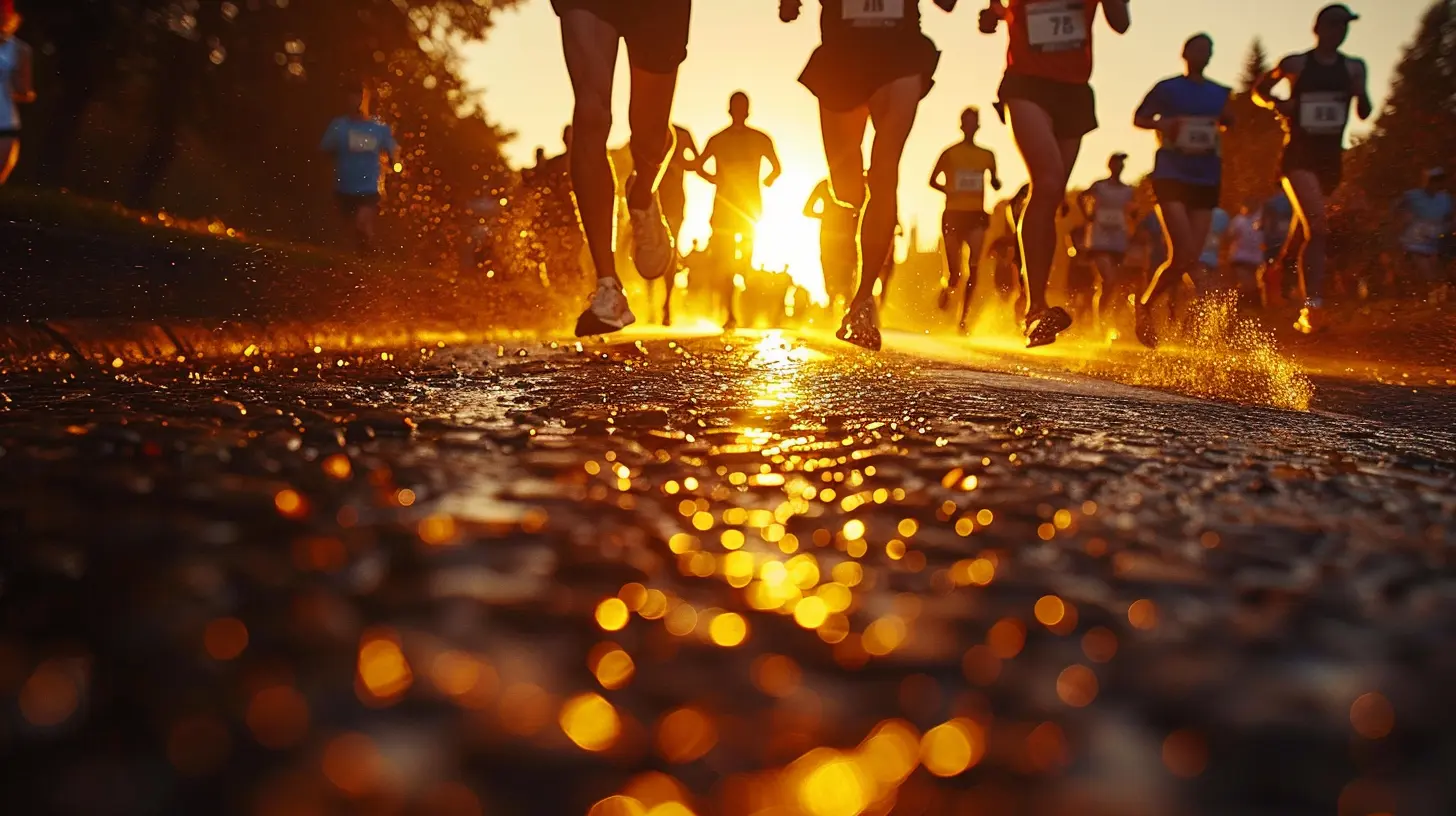
Why Is Running in Hot Weather So Difficult?
Before jumping into the strategies, let’s quickly talk about why running in hot weather is so tough. Your body works hard to regulate its internal temperature, and in hot conditions, it has to work even harder. The result? You sweat more, lose fluids faster, and your heart rate increases as your body tries to cool down.When the air temperature is high, especially above 70°F (21°C), your body can struggle to cool itself down effectively. This can lead to dehydration, heat exhaustion, or even worse—heatstroke. Not to mention, the heat can mess with your pacing and overall performance. But don’t worry! With the right preparation, you can stay cool, hydrated, and on top of your game.
So without further ado, let's dive into some killer strategies to keep you running strong in the heat.
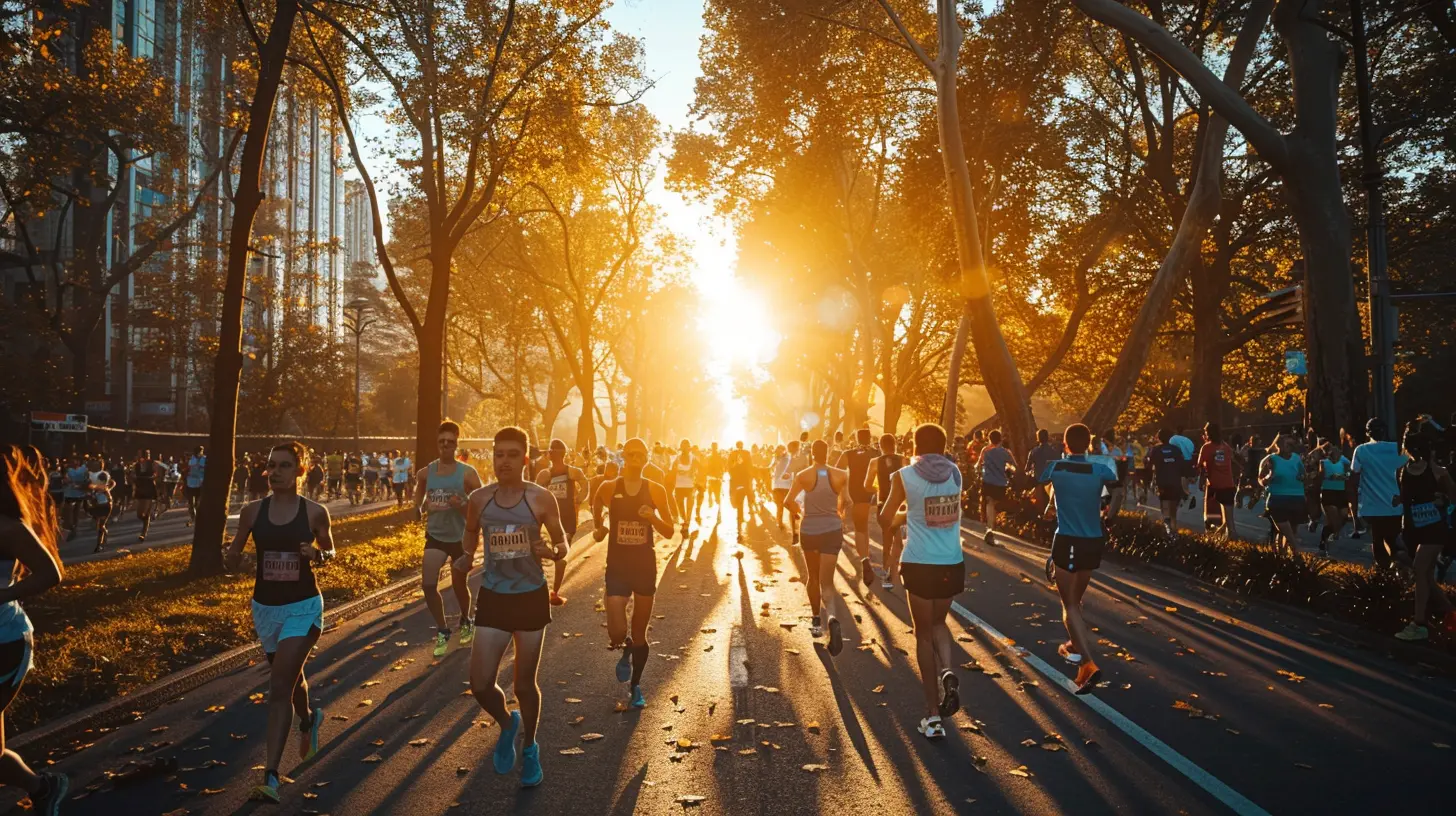
1. Start Hydrating Well Before Race Day
Hydration is the name of the game when it comes to running in hot weather. Think of your body like a sponge—if it’s already dried out before the race, it won’t be able to absorb and retain water properly. That’s why it’s crucial to start hydrating several days before the marathon.Tips for Pre-Race Hydration:
- Drink water consistently throughout the day in the week leading up to the race.- Consider adding electrolyte drinks to your routine. Electrolytes like sodium, potassium, and magnesium help regulate fluid balance in the body.
- Avoid excessive caffeine and alcohol, as both can dehydrate you.
On race day, make sure you drink around 16–20 ounces (500–600 ml) of water 2–3 hours before the race. This will give your body time to absorb the fluids while avoiding that uncomfortable sloshing feeling in your stomach.
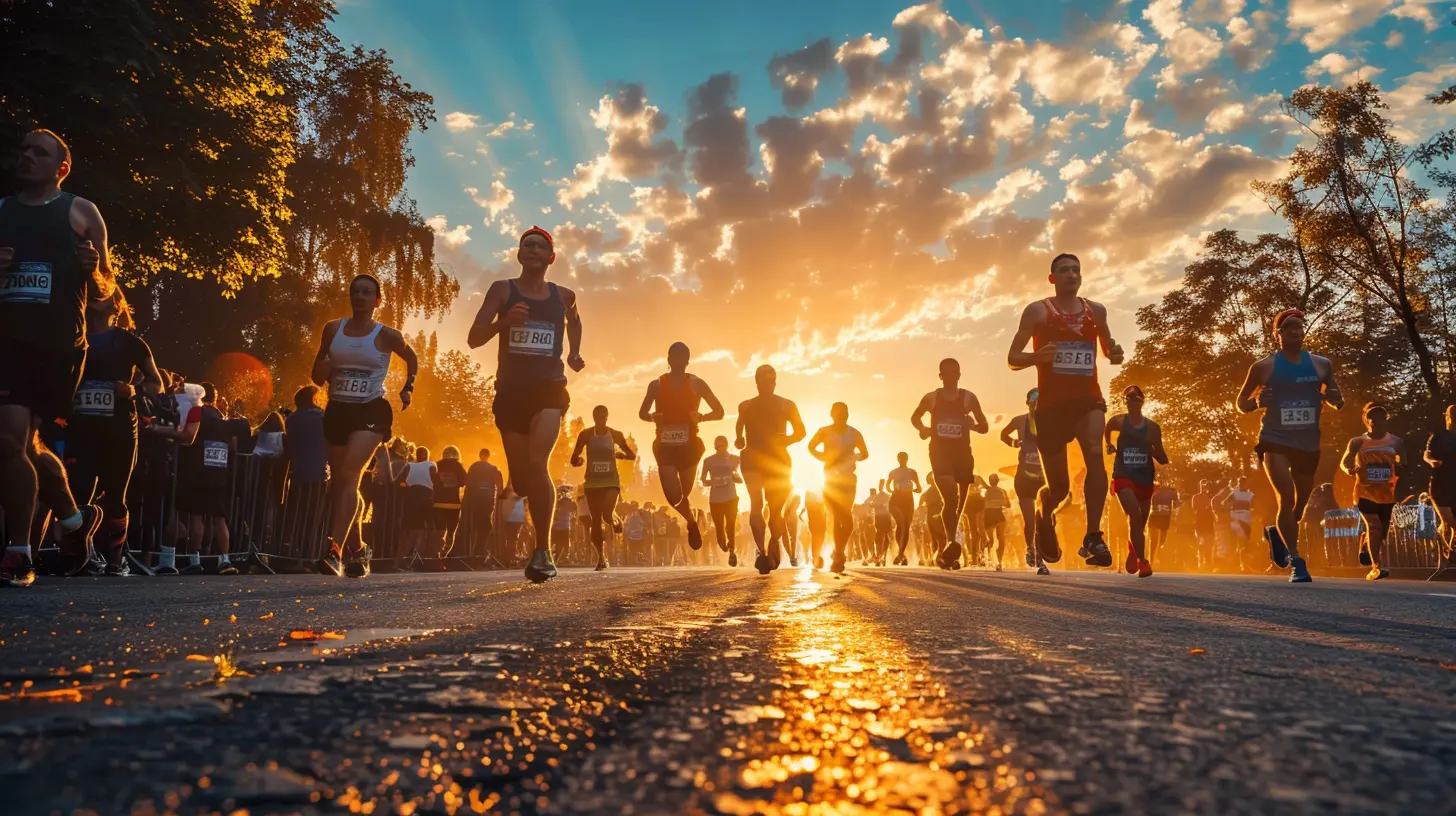
2. Dress for the Heat
When it comes to running in hot weather, less is more—but we’re not just talking about stripping off layers. Choosing the right gear can make a massive difference in your comfort and performance.What to Wear:
- Light, moisture-wicking fabrics: Look for materials like polyester or nylon that pull sweat away from your skin. They dry faster and help keep you cool.- Light colors: Dark colors absorb heat, while light colors reflect it. Stick with white, light blue, or pastel shades.
- A breathable hat or visor: A hat can protect your face from the sun, but make sure it’s ventilated so heat can escape.
- Sunglasses with UV protection: Not only will they protect your eyes, but they’ll help reduce squinting and tension from bright sunlight.
- Sunscreen: You’re going to be out there for hours, so don’t skimp on the SPF! Apply sunscreen generously to any exposed skin.
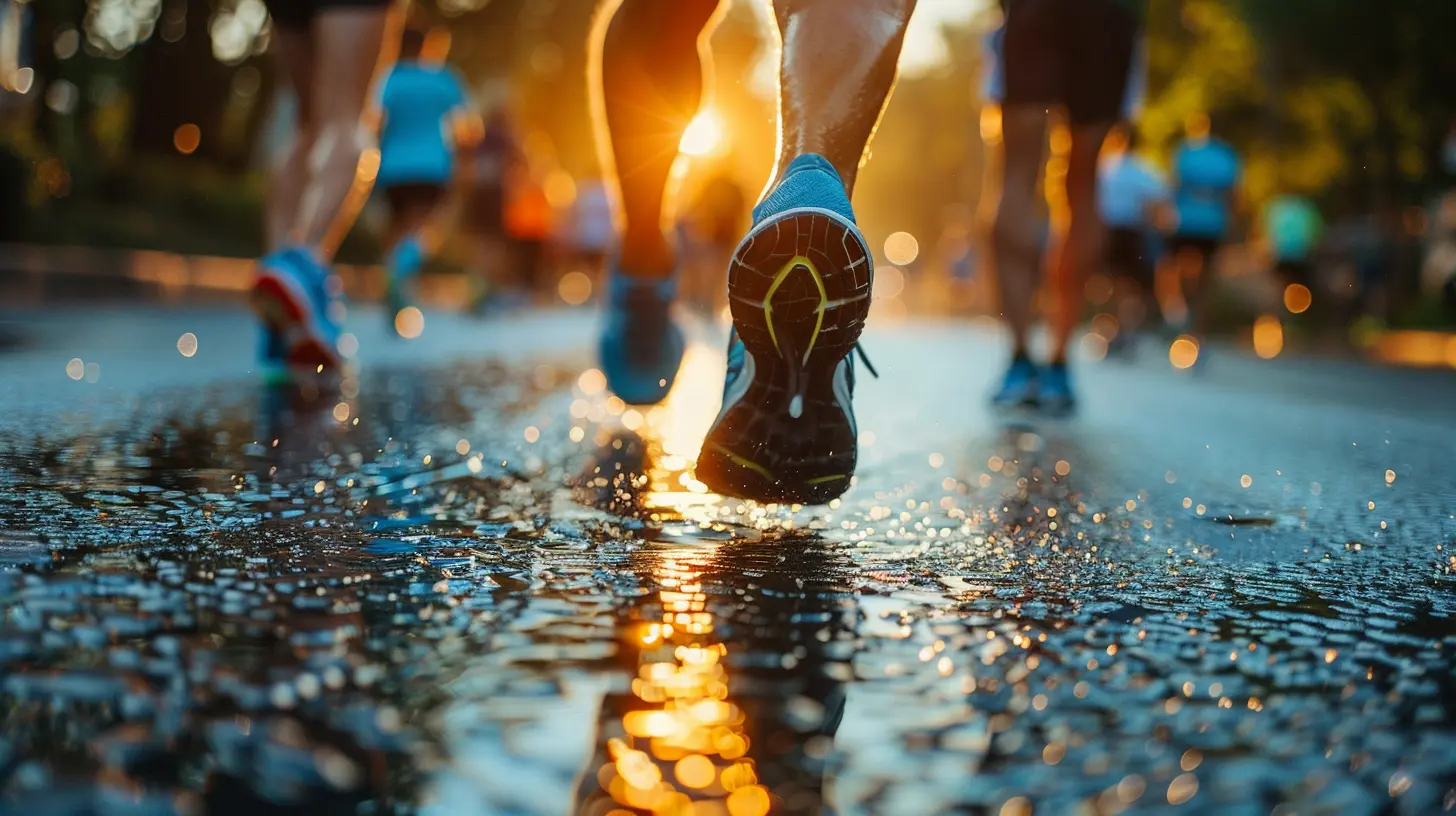
3. Adjust Your Pacing
Here’s the deal: running a marathon in hot weather isn’t the time to chase a personal record. The heat will naturally slow you down, so it’s better to adjust your expectations and pacing from the start rather than risking burnout (or worse, injury) halfway through the race.How to Adjust Your Pacing:
- Start slow: You might feel great at the starting line, but resist the urge to go out too fast. A slower, steady pace will help you conserve energy and avoid overheating.- Listen to your body: If your heart’s racing and your legs feel heavy, slow down. It’s better to finish a bit slower than to not finish at all.
- Walk when needed: There’s absolutely no shame in taking walk breaks to recover. In fact, it might be the key to finishing strong in hot conditions.
Remember, the goal isn’t just to finish—it’s to finish safely.
4. Stay Cool During the Race
You won’t be able to control the weather, but you do have control over how you keep cool during the race. Here are some tried-and-true methods to help you beat the heat while pounding the pavement.Cooling Strategies:
- Use cold water stations: Many races have water stations with sponges or cups of cold water. Take advantage of these! Splash some water on your head, neck, and wrists to cool yourself down.- Wear a cooling towel or bandana: You can drape a wet towel or bandana around your neck to help regulate your body temperature. The neck is a key area for heat dissipation.
- Ice packs: If you can grab an ice pack or some ice cubes at an aid station, hold them in your hands or tuck them under your hat.
- Run through sprinklers: Some marathon courses have sprinklers or misting stations. Run through them for an instant cool-down!
5. Fuel Wisely
Your body needs fuel to run a marathon, but in hot weather, the heat can mess with your appetite and digestion. You might not feel like eating or drinking as much as you should, but staying fueled is critical to avoid “hitting the wall.”Fueling Tips:
- Stick with your tried-and-true gels or chews: Don’t experiment with new foods on race day—your stomach might not appreciate it.- Eat small, frequent amounts: Instead of eating a big meal before the race, opt for smaller, easily digestible snacks like bananas or energy bars.
- Sip, don’t gulp: Gulping down large amounts of water or energy drinks can lead to stomach cramps. Sip small amounts regularly to maintain hydration.
6. Acclimate to the Heat
If you know you’ll be running a marathon in hot weather, it’s a good idea to get your body used to the conditions beforehand. This process is called heat acclimation, and it can significantly improve your performance in hot environments.How to Acclimate:
- Train in the heat: In the weeks leading up to the marathon, try to do some of your training runs during the hottest parts of the day. Start with short runs and gradually increase the duration.- Don’t overdo it: Your body needs time to adapt, so don’t push yourself too hard in the beginning. And always bring plenty of water for these training sessions.
- Allow 10–14 days for acclimation: It takes about two weeks for your body to fully adjust to running in the heat, so plan your training accordingly.
7. Know the Signs of Heat-Related Illness
It’s important to know when your body has reached its limit. Heat exhaustion and heatstroke are serious conditions that can occur when your body overheats. Knowing the signs can help you catch them early and avoid a medical emergency.Symptoms of Heat Exhaustion:
- Dizziness or fainting- Excessive sweating or clammy skin
- Rapid heartbeat
- Nausea or vomiting
- Weakness
Symptoms of Heatstroke (an emergency):
- High body temperature (above 104°F or 40°C)- Confusion or disorientation
- Lack of sweating
- Seizures
- Unconsciousness
If you experience any of these symptoms during the race, stop immediately and seek medical attention. It’s better to drop out of a race than to risk your health.
8. Mental Strategies for Staying Strong
Running a marathon is as much a mental challenge as it is a physical one, and running in hot weather requires even more mental toughness. It’s easy to feel defeated when the heat starts to slow you down, but keeping a positive mindset can make a world of difference.Mental Tips to Keep You Going:
- Break the race into smaller sections: Instead of thinking about the full 26.2 miles, focus on reaching the next mile marker or water station.- Mantras: Having a go-to mantra like “one step at a time” or “I’ve got this” can help keep you motivated when the going gets tough.
- Visualize your success: Picture yourself crossing the finish line strong, despite the heat. Visualization can boost your confidence and keep you focused on your goal.
Conclusion: Embrace the Challenge
Running a marathon in hot weather isn’t just about physical preparation; it’s about mental grit, smart strategies, and knowing your body’s limits. If you hydrate properly, dress appropriately, pace yourself, and stay cool, you can run your best marathon—even when the sun is blazing.So, the next time you find yourself facing a hot-weather marathon, don’t panic. Embrace the challenge, execute your game plan, and cross that finish line with pride. The heat may be tough, but you’re tougher.

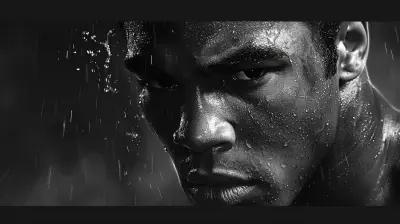
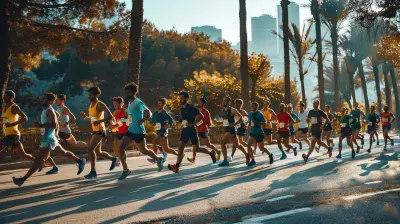





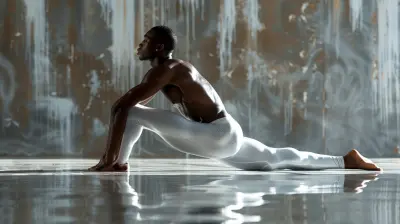
Allison Mahoney
Great tips! How does hydration strategy differ for varying temperatures, and what about heat acclimatization techniques?
March 28, 2025 at 4:44 AM